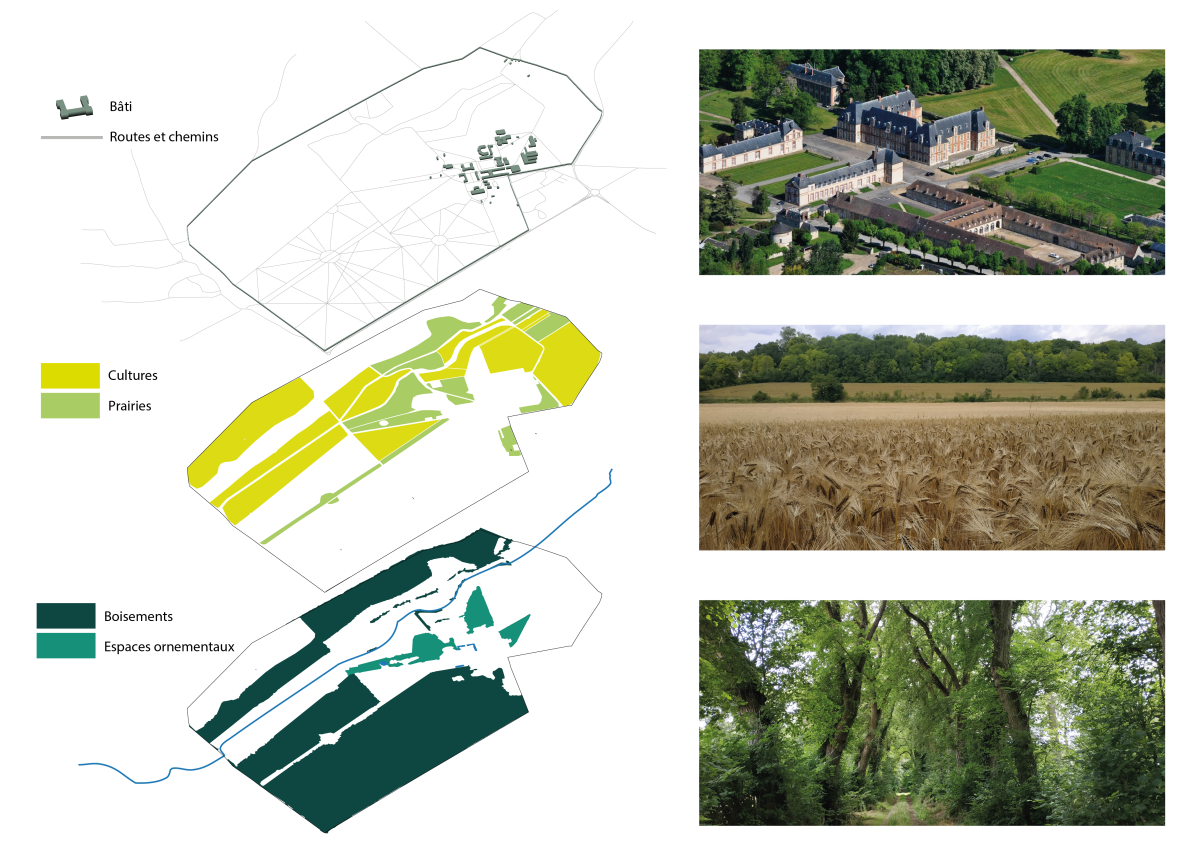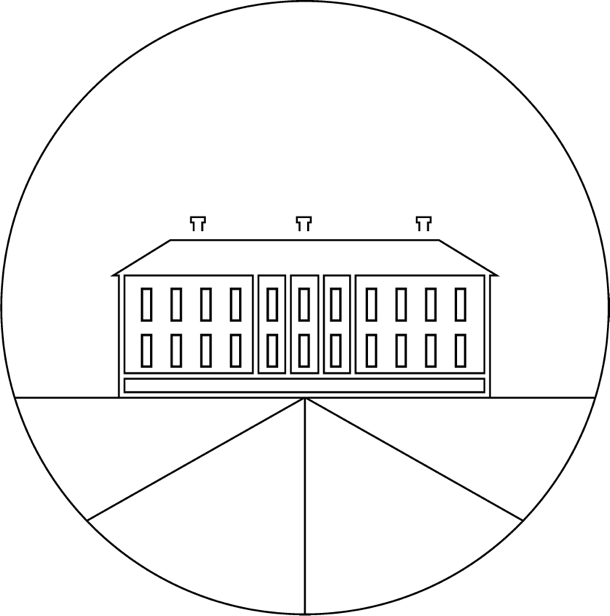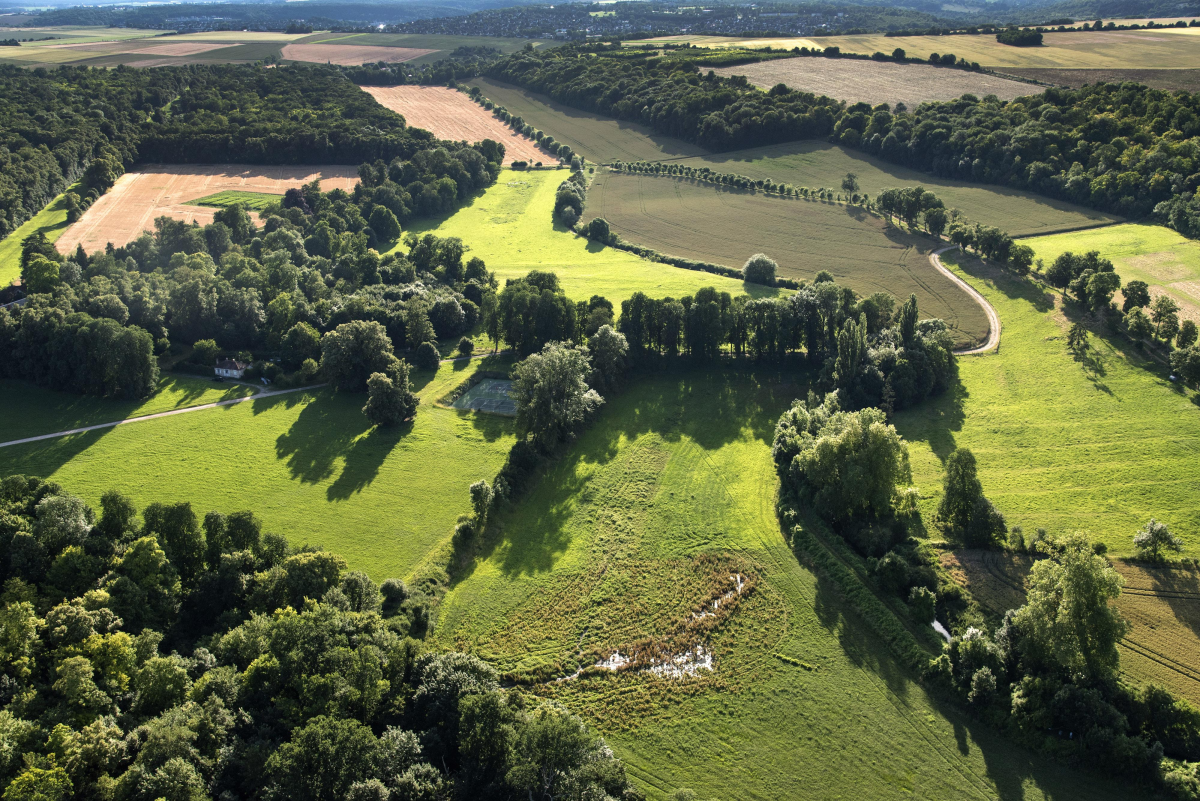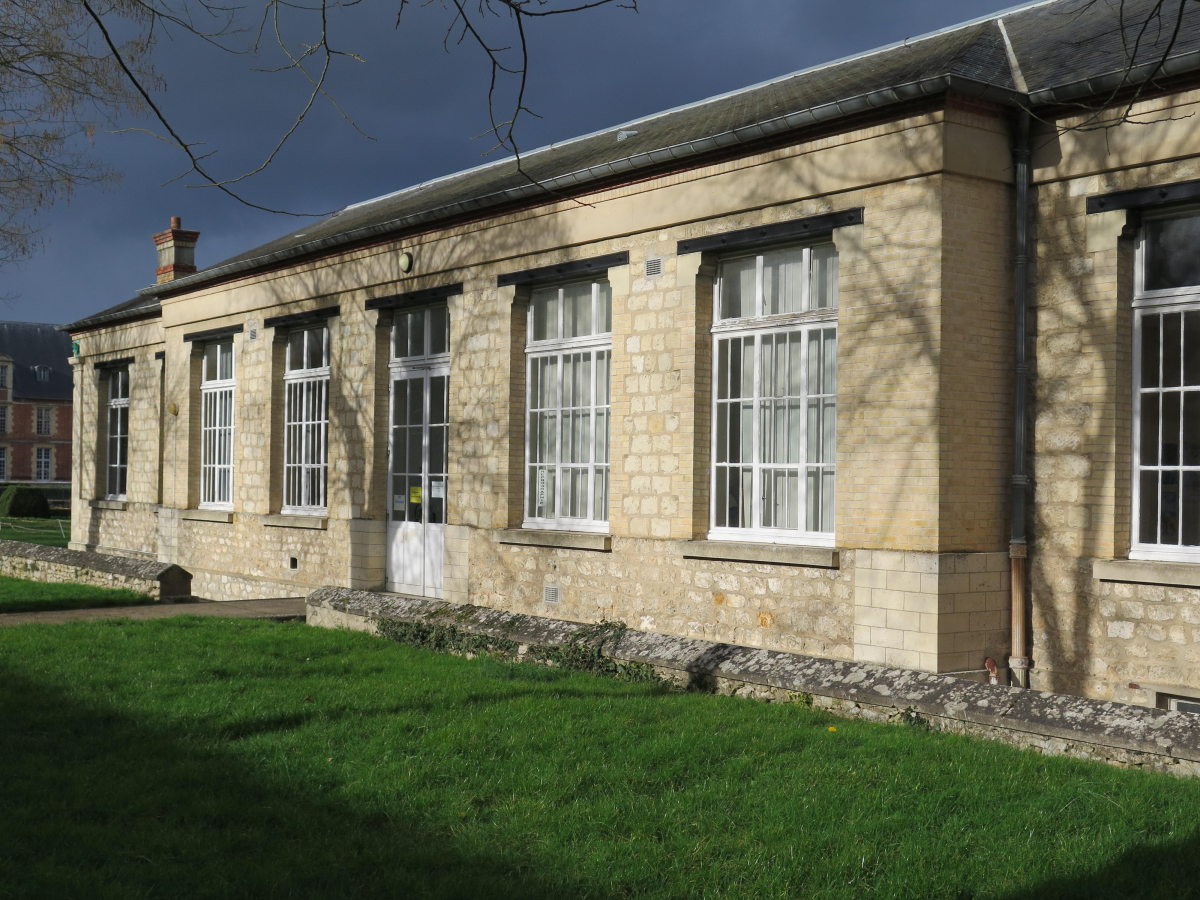Management guidelines
Our objective
To renovate the historical buildings in a low-carbon and low-energy way; to enhance the park as a pioneer on biodiversity regeneration.
Closed to the public since the 1999 Lothar storm, the park will once again be accessible to the greatest number. By foot or by bike, visitors could enjoy the 133ha of forest and the 120ha of farmlands and meadows, crossed by the Ru de Gally (a stream which source comes from the Great Channel of the Palace of Versailles). Thiverval and Grignon villages could therefore be linked without any danger while benfitting of an exceptional setting.
-
To diversify the agricultural production and foster the sceintific experiments
-
Forest and avenue trees: to think about the equilibrium between biodiveristy, a possible production, welcoming the public, ensure its safety, taking care of the landscapes
-
To emphasize the estate geotope with its famous "falunière"
-
To highlight the arboretum in a partnership with the association Arbre de Fer (Iron Tree)
-
To develop the green and blue corridors, with a work on the trails, forest margins and river banks to reinforce the ecosystems resilience and improve their biodiversity
-
To ensure a scientific monitoring and some training and research partnerships about the management of the living, as well as a general public education to biodiversity and agroecological equilibriums
- Implement active management to monitor consumption according to actual needs, educate people about behaviour and choose energy-saving equipment.
- Carry out renovation work: use eco-materials, introduce non-carbon energies, make the most of the estate's co-products, think about the water cycle, encourage biodiversity...
- Zero waste objective and introduction of circular economy principles between the needs of the buildings or agriculture, and the co-products of the various areas.
- Develop soft mobility to get to the estate from the train station
Image credits: above: © Francis Tack then © Anaïs l'Hôte, below: © Ariane Lenhardt






